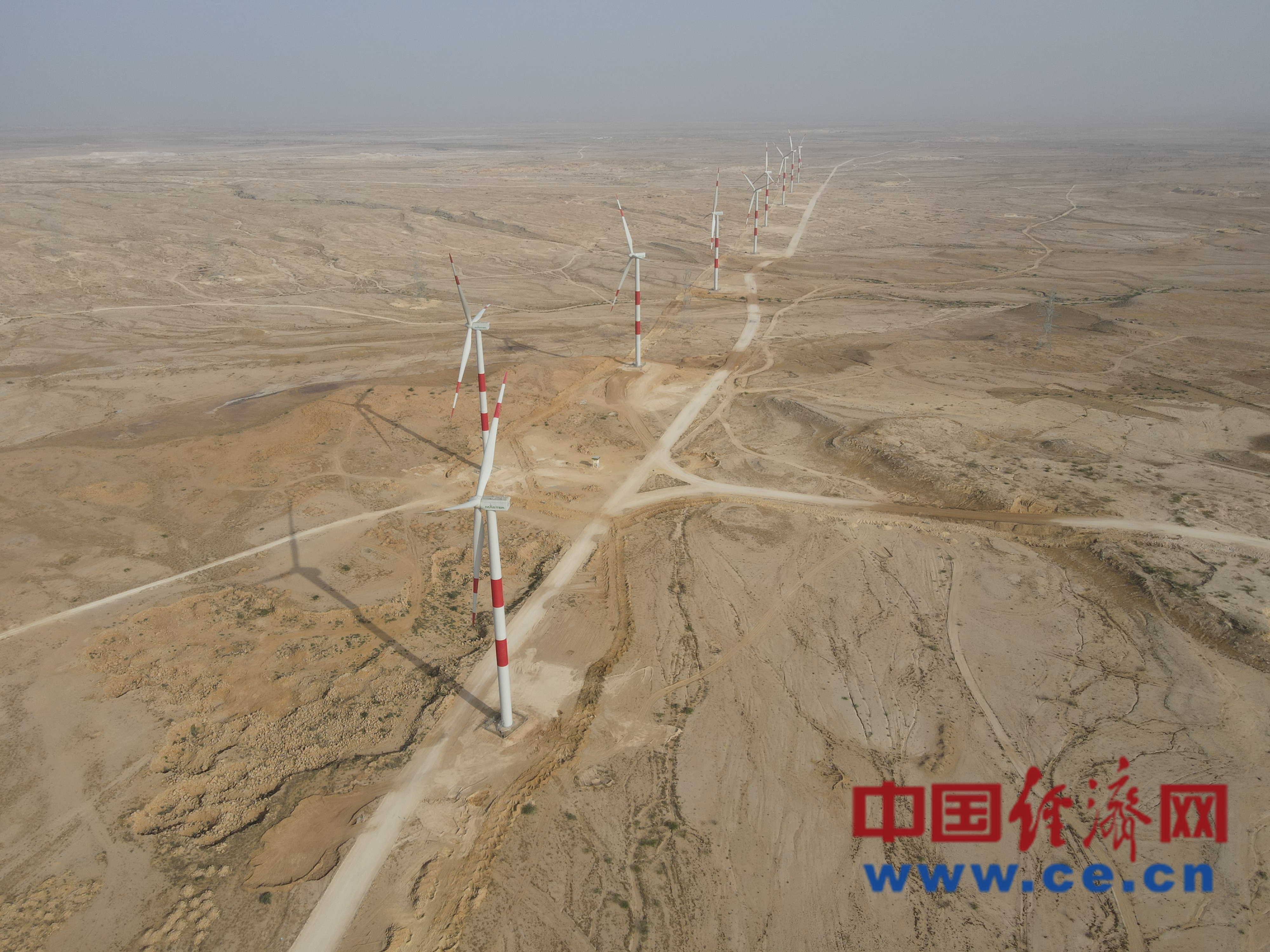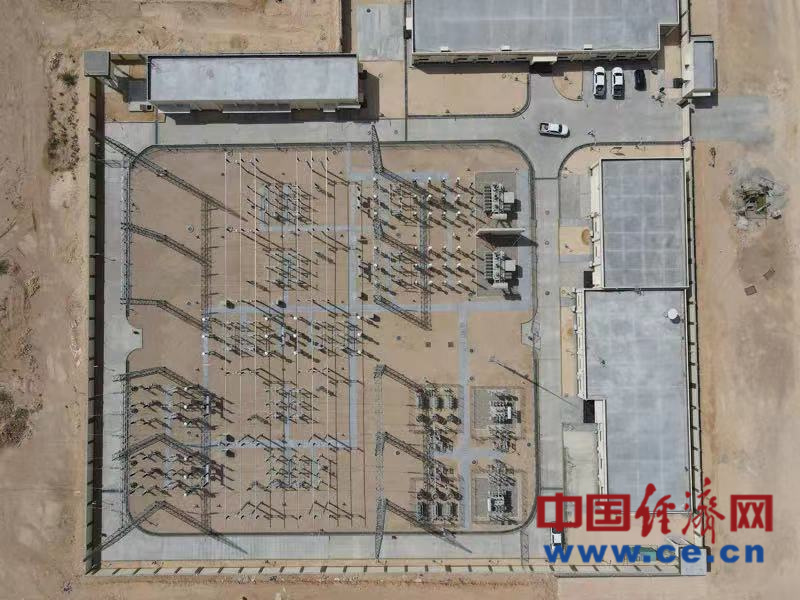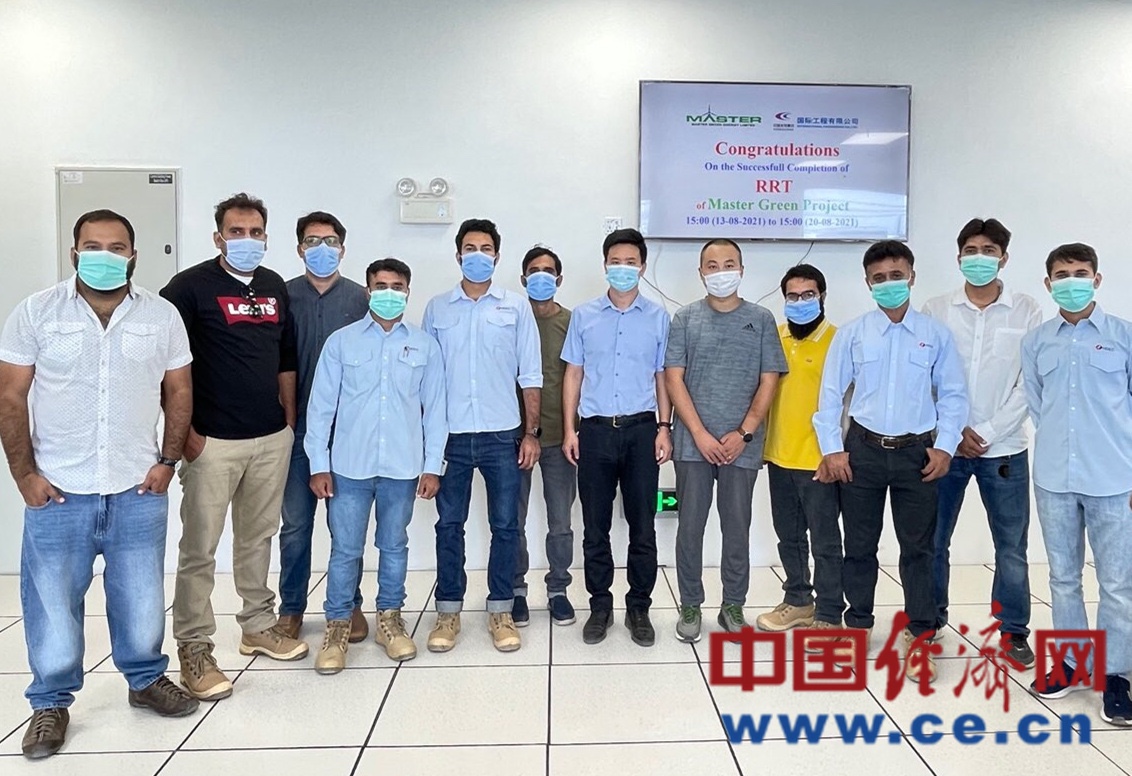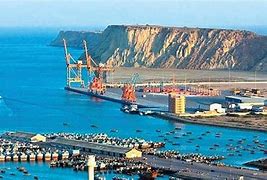The Master Green 50MW Wind Power Project located in Jamshoro District, Sindh, has achieved COD on August 20. Executed by HydroChina International Engineering Co. Ltd, its availability during reliability running test reaches 99.86 percent, which was much higher than the 85 percent level required by the local power purchase agreement.

“Overall, it will deliver 168 million kWh per year clean energy for Pakistan,” said Lv Guanghua, Deputy Director of the HDEC Renewable Energy Engineering Department EPC Management, in the latest interview with China Economic Net. Started on September 3, 2019, Master Green Project used a total of 25 Siemens Gamesa 2MW double-fed wind turbines. It is the first wind power project t constructed under Pakistan’s new round of electricity price policy.
Lv underlined that during the 168-hour reliability running test of the wind farm, the availability rate of wind turbines and BOP equipment created a new record for the availability of PowerChina’s wind power project in Pakistan during the trial operation period. It was primarily because of the strict quality control of the project. “All of our grid equipment must meet the stringent standards of the National Transmission & Dispatch Company (NTDC), Pakistan,” Lv stated that the technological level and fulfilling capability of PowerChina left a deep impression on the local owners.

Since 2014, PowerChina has completed a total of 8 private-owned wind power projects in Pakistan. “So far, PowerChina has hired more than 300 Pakistani engineers, including technical positions like QA and QC, HSE, project planning, civil engineering, electric and mechanic, etc. Given all other staffs, all these projects created around 3000 jobs,” Lv added. Meanwhile, during the entire construction period, the Pakistani partners demonstrated an outstanding construction schedule planning, which impressed the Chinese counterparts. Through the close cooperation of personnel from both sides, PowerChina successfully overcame the impact of the COVID-19 epidemic and completed the task on time. After completion, these projects can provide 1.32 billion kilowatt-hours of green power per year.
A number of PowerChina wind power projects under the new round of electricity price policy in Pakistan have started construction one after another. It is expected that these projects will be combined to the grid from the end of 2021 to March 2022, highlighted Yang Jianduo, Chief Representative of PowerChina in Pakistan. He told China Economic Net that the new batch of wind power projects has a total installed capacity of 610MW. Together with wind power projects completed before 2019, PowerChina has undertaken wind power EPC projects in Sindh with an installed capacity of 1139.5MW, accounting for more than 60 percent of Pakistan’s market shares. After the completion of all projects, 3.67 billion kWh of green electricity can be delivered to Pakistan’s power grid every year, making great contributions to Pakistan’s energy conservation, emission reduction and economic and social development.

After a number of cooperation with Pakistan, Yang acknowledged that China-Pakistan new energy projects have brought about a great change in the awareness of the Pakistani government and people. “Before 2010, the energy structure in Pakistan was completely dominated by traditional fossil energy. However, through the development of new energy, the Pakistani government realized that the full use of local green energy can reduce its dependence on imported coal and natural gas, and develop its own independent energy system at the same time. In the future, PowerChina will continue to make full use of the abundant wind energy resources in Sindh, and fully communicate with Pakistani partners, paralleling energy transition and job enlargement.
As Pakistan has set the target that 30% of the total energy mix consists of renewable energy by 2030, it is estimated that by 2030, Pakistan’s installed capacity of new energy will reach 20,000MW. Yang Jianduo believes that China’s renewable energy projects, such as wind and solar power projects, can greatly help achieve this goal.
Talking about future cooperation between China and Pakistan in the field of clean energy, Yang holds optimistic attitude, knowing that China is currently among the leading countries in terms of technology and implementation of renewable energy projects. “Pakistan is sure to benefit from Chinese technology under CPEC,” he said firmly.
















